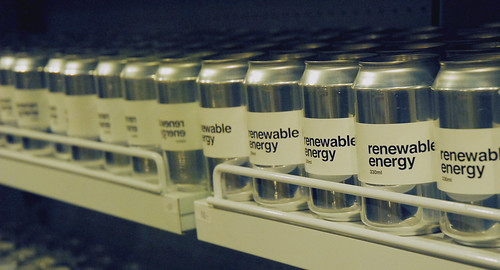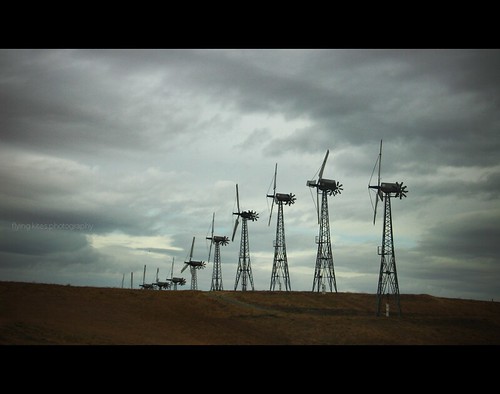
Photo Credit pseudorlaya
A couple of interesting announcements were made in Ireland in the last week.
On the 8th of Oct., Eirgrid, the Irish grid operator launched their Grid25 strategy (pdf warning). In the strategy document they announced they are spending €4 billion reinforcing the Irish distribution grid in the expectation of a 60% rise in electricity usage.
The Irish Environment Minister, John Gormley in his Carbon Budget announced that the Irish government is going to target that 40% of electricity consumed in Ireland would be from renewable sources by 2020. This is an increase over the previously stated, already ambitious target, of 33% from renewables.
Ireland had an average electrical demand of 3.2GW in 2007. A 60% increase means an average consumption of 5GW by 2025 and an average of 4.5GW in 2020. This is the date the government has set as its target of 40% from renewables.
40% of 4.5GW means that Ireland will average 1.8GW from renewables in 2020. Assuming that this will come from wind (there is no other viable renewable energy source in Ireland), this will require 5.4GW of installed wind capacity.
Ireland currently has 1GW of installed wind capacity so to hit the target it needs 4.4GW of wind farms to be built.
That’s 366MW per annum or just over 1MW every day until 2020! A 1MW wind turbine would be a significant structure costing in excess of €1m.
So the Irish government has set as a target the sourcing of 1MW extra from wind energy every day for the next 12 years?
I also spotted today that StrategyEye in their new quarterly report are reporting that investment in the Cleantech sector is up 50% this quarter, compared to the first quarter of 2008.
The financial markets might be in trouble but renewables are definitely seeing boom times!

